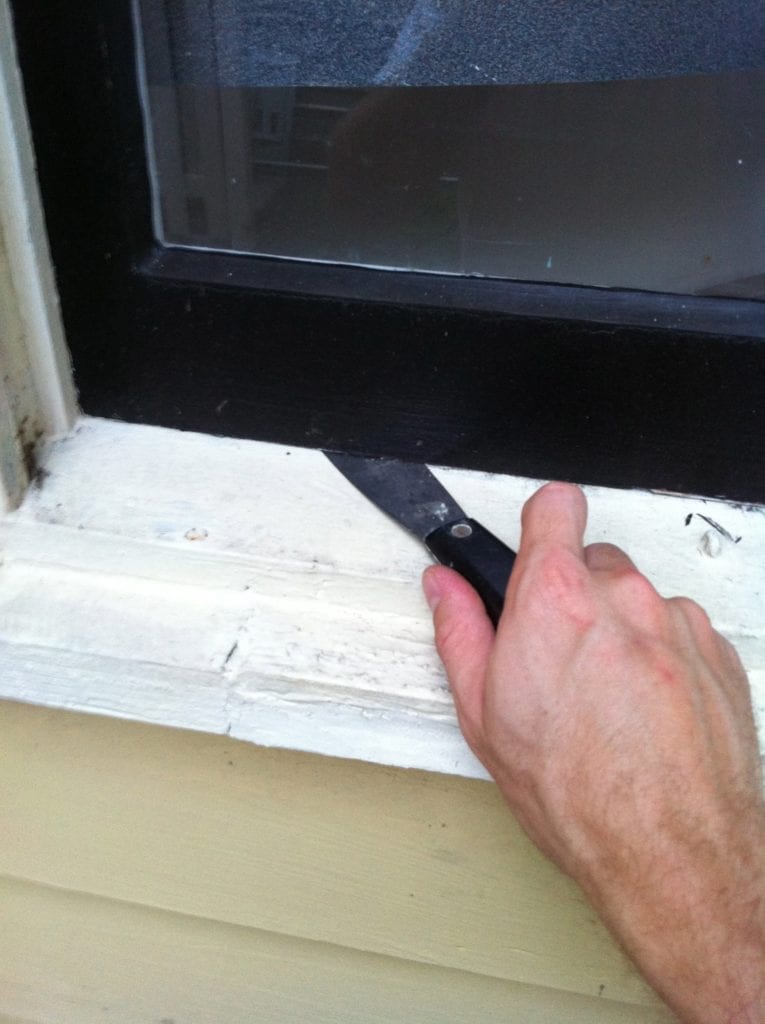BLOG POSTS
Getting Square with the 3:4:5 Triangle
This post may be a bit on the math nerd side, but sometimes in construction, a math nerd is the one who makes the difference between a building falling down, and one that lasts a hundred years. Old houses are [...] Read More The post Getting Square with the 3:4:5 Triangle appeared first on The Craftsman Blog.
Old houses are notoriously void of right angles. They have shifted and settled over the years, and nothing is either plumb or level. But I’m going to teach you how to remedy that.
I’ll admit that math was not my finest subject in school. I’m a much more visual person and a page full of numbers does nothing for my artistic sensibilities. But there was one math course that made a bit of sense to me. Geometry. In building and remodeling, geometry can be your best friend. (I apologize if this is starting to sound like an after-school special.)
The 3:4:5 Triangle
Do you remember the Pythagorean theorem ? Neither do I. But the 3:4:5 triangle is the layman’s substitute for the Pythagorean theorem. The 3:4:5 triangle is the best way I know to determine with absolutely certainty that an angle is 90 degrees. This rule says that if one side of a triangle measures 3 and the adjacent side measures 4, then the diagonal between those two points must measure 5 in order for it to be a right triangle. Confused yet?
It could be 3 mm, 3 inches, 3 feet or 3 miles. It doesn’t matter the unit of measurement you use as long as you stick with the 3:4:5 ratio. And you can also use multiples of 3:4:5 like 6:8:10 or 9:12:15. Use whichever you want though 3:4:5 is the easiest to remember.
Are you building a deck, framing a wall, laying tile? Almost every project in construction requires right angles at some point. And with the 3:4:5 triangle you can find your right angles without any complicated calculations.
How to Use It
Pick one leg of your project and measure out 3 feet from the corner. Put a mark on the board at the 3 feet point. Now, measure the adjacent board from the same corner to 4 feet and put a mark there. Then, measure the distance between the two marks. If it is 5 feet, then you have a perfectly square corner. Congratulations! If the measurement is less than 5 feet, the angle is too small (<90 degrees) and needs to be opened up a bit. If it is more than 5 feet, the angle is too big (>90 degrees) and needs to be closed some.
This handy trick will save you from making some big mistakes down the road. It is the most helpful piece of math and I know, other than 1+1=2, and I use it almost every week. Hopefully now you won’t have to guess if your projects are square. Using the 3:4:5 triangle you can know for certain.
What other helpful math tricks do you use in construction that we might not know about?
The post Getting Square with the 3:4:5 Triangle appeared first on The Craftsman Blog.











